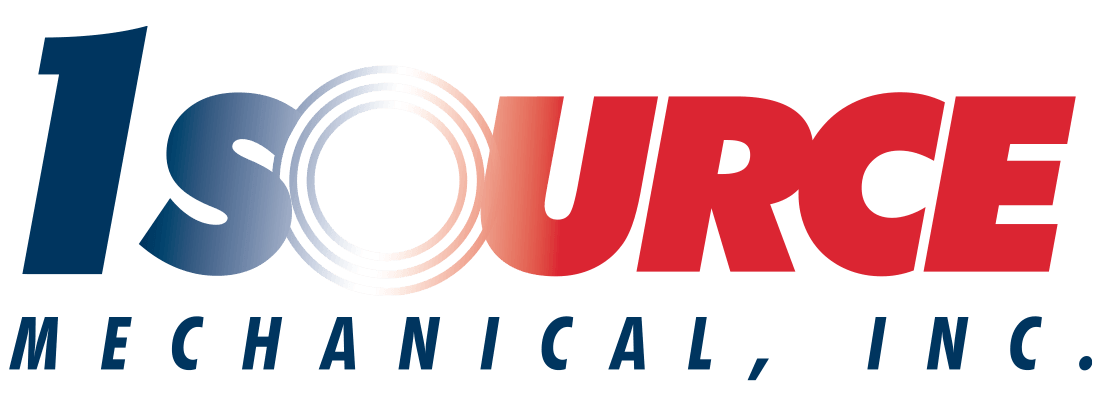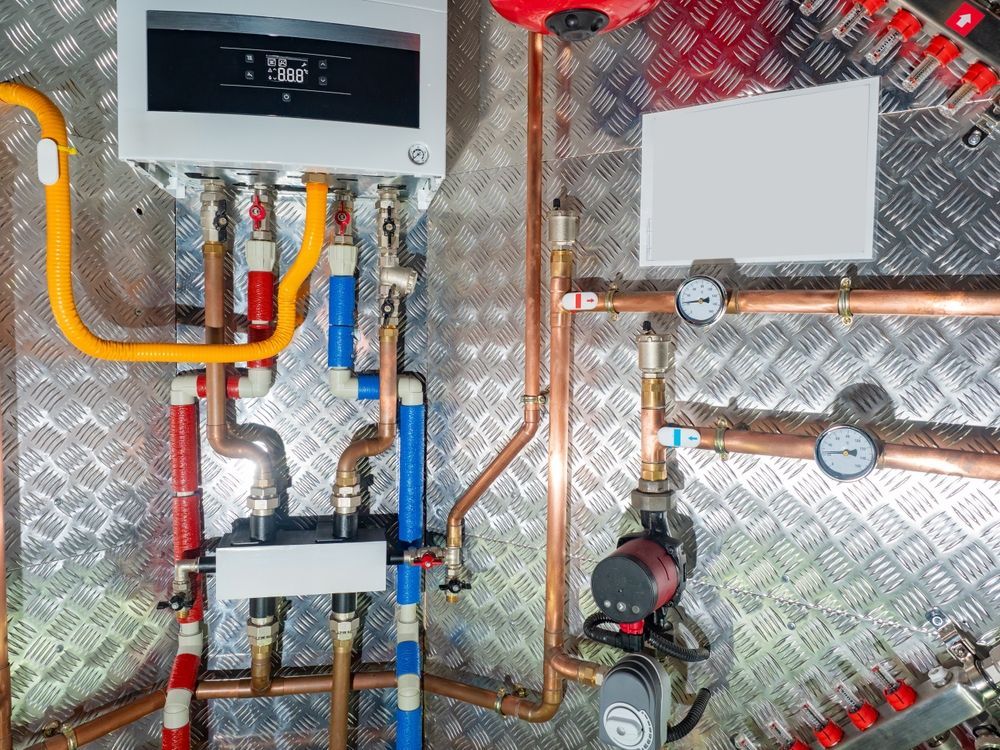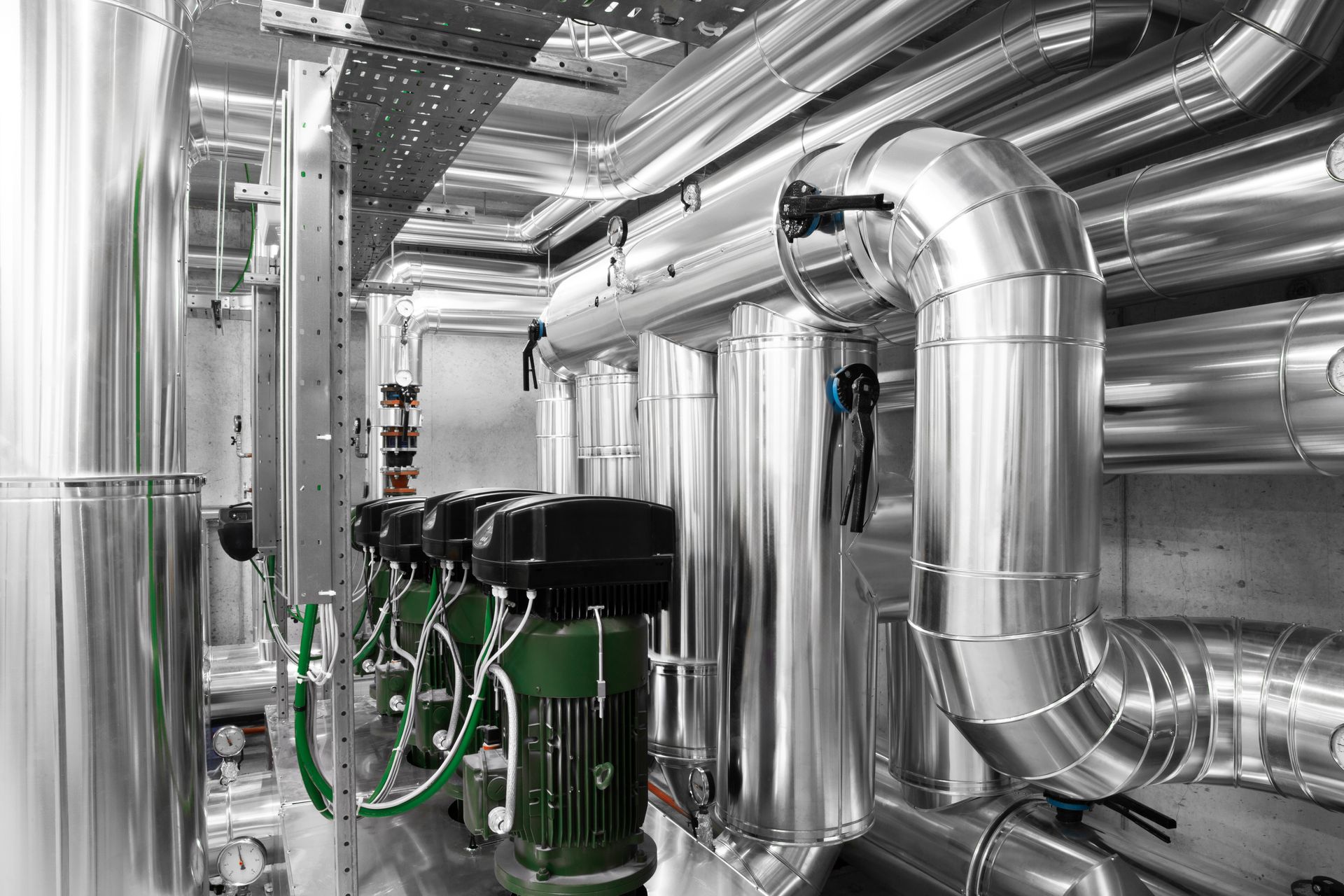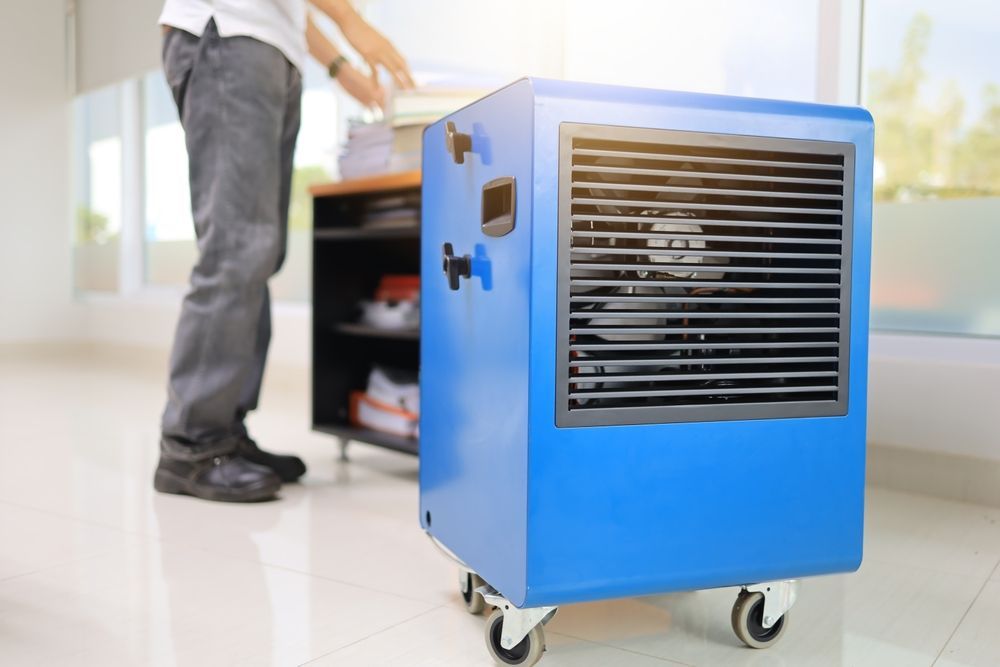Choosing Between CRAC and CRAH Units
Data centers depend on precise climate control to keep servers, storage devices, and networking hardware running at peak performance. Even minor temperature or humidity fluctuations can lead to system errors, downtime, or expensive equipment damage.
Two of the most common solutions for this type of environment are Computer Room Air Conditioning (CRAC) units and Computer Room Air Handling (CRAH) units. Both are designed for continuous operation and reliable cooling, yet their designs, energy usage, and infrastructure requirements differ.
Understanding how each option functions helps facility managers choose a system that fits their capacity, budget, and operational needs.

What Are CRAC Units?
A Computer Room Air Conditioning (CRAC) unit is a precision cooling system designed specifically for data centers and other mission-critical environments. These units operate similarly to traditional air conditioners, using a direct expansion refrigeration cycle to cool air before circulating it through the server room.
CRAC units typically contain compressors, condensers, and evaporator coils within a single enclosure. Air is drawn in, cooled by refrigerant passing through the evaporator coil, and then delivered back into the space at a controlled temperature and humidity level. Many models also have integrated humidifiers and dehumidifiers to maintain optimal environmental conditions.
Because CRAC units generate cooling independently, they do not require a separate chilled water supply. This makes them suitable for facilities without central chilled water plants or for operations seeking a self-contained system. They are often installed in smaller to medium-sized data centers, network rooms, and modular facilities where precise, localized temperature control is essential to equipment reliability.
What Are CRAH Units?
A Computer Room Air Handling (CRAH) unit is another precision cooling solution commonly used in large-scale data centers. Unlike CRAC units, CRAH systems rely on a building’s central chilled water plant to provide cooling. Instead of compressors and refrigerant cycles, they use cooling coils supplied with chilled water and fans to move air through the unit.
Warm air from the data center is drawn into the CRAH, passes over the cooling coils, and is then recirculated back into the space at the desired temperature and humidity. Because chilled water is the cooling medium, the CRAH unit itself consumes less electricity for cooling compared to a CRAC system. Energy use is mainly tied to the fan motors and controls.
These units are often favored in large data centers where chilled water infrastructure already exists, or in operations where maximizing efficiency is a top priority. They can also integrate easily into advanced building management systems, giving operators more control over temperature, humidity, and airflow patterns.
CRAC vs. CRAH: Key Differences
While both CRAC and CRAH units are built to maintain precise environmental conditions in data centers, they differ in how they generate cooling, their infrastructure needs, and how they perform in various settings. The table below outlines the most important distinctions:
| Feature | CRAC Units | CRAH Units |
|---|---|---|
| Cooling Method | Uses a direct expansion refrigeration cycle with refrigerant. | Uses water from a central plant and cooling coils. |
| Infrastructure Needs | Self-contained, no chilled water supply required. | Requires connection to a chilled water plant. |
| Efficiency | Moderate efficiency, higher energy use during peak loads. | Often more efficient in large facilities due to centralized cooling. |
| Flexibility | Easy to deploy in facilioties without existing chilled water. | Dependent on chilled water availability, but it integrates well into large systems. |
| Ideal For | Small to medium data centers or modular facilities. | Large data centers with central chilled water systems. |
These differences often determine which system is better suited for a given facility, especially when balancing budget, energy costs, and scalability goals.
Factors to Consider When Choosing a Unit
- Existing Infrastructure. Facilities with a central chilled water plant may benefit more from CRAH units, while locations without one may find CRAC units easier to implement.
- Energy Efficiency Goals. CRAH units typically offer higher efficiency in large-scale operations, but CRAC units can be more practical for smaller or modular setups.
- Initial Investment vs. Long-Term Costs. CRAC units often have a lower upfront cost, while CRAH systems can yield greater energy savings over time in the right setting.
- Cooling Load Requirements. Evaluate your current and projected cooling needs to choose a system that can handle peak loads without overconsumption.
- Maintenance Capabilities. CRAC systems may require more frequent servicing of compressors and refrigerant components, whereas CRAH units rely on maintaining chilled water quality and pump systems.
- Scalability. Consider how easily the system can expand to support future growth in IT infrastructure or additional data hall space.
- Preventive Planning. Incorporating regular service and scheduling an HVAC annual inspection can help identify small issues before they impact system reliability.
How 1 Source Mechanical Can Help
1 Source Mechanical has extensive experience designing, installing, and servicing both CRAC and CRAH units for commercial data centers across the Chicagoland area. Our technicians understand the importance of precise climate control for protecting high-value IT assets and maintaining uptime.
We work closely with facility managers to assess cooling loads, evaluate existing infrastructure, and recommend the most cost-effective solution for each environment. Our team provides technical expertise and dependable service for both new system installations and ongoing maintenance, keeping systems operating at peak performance.
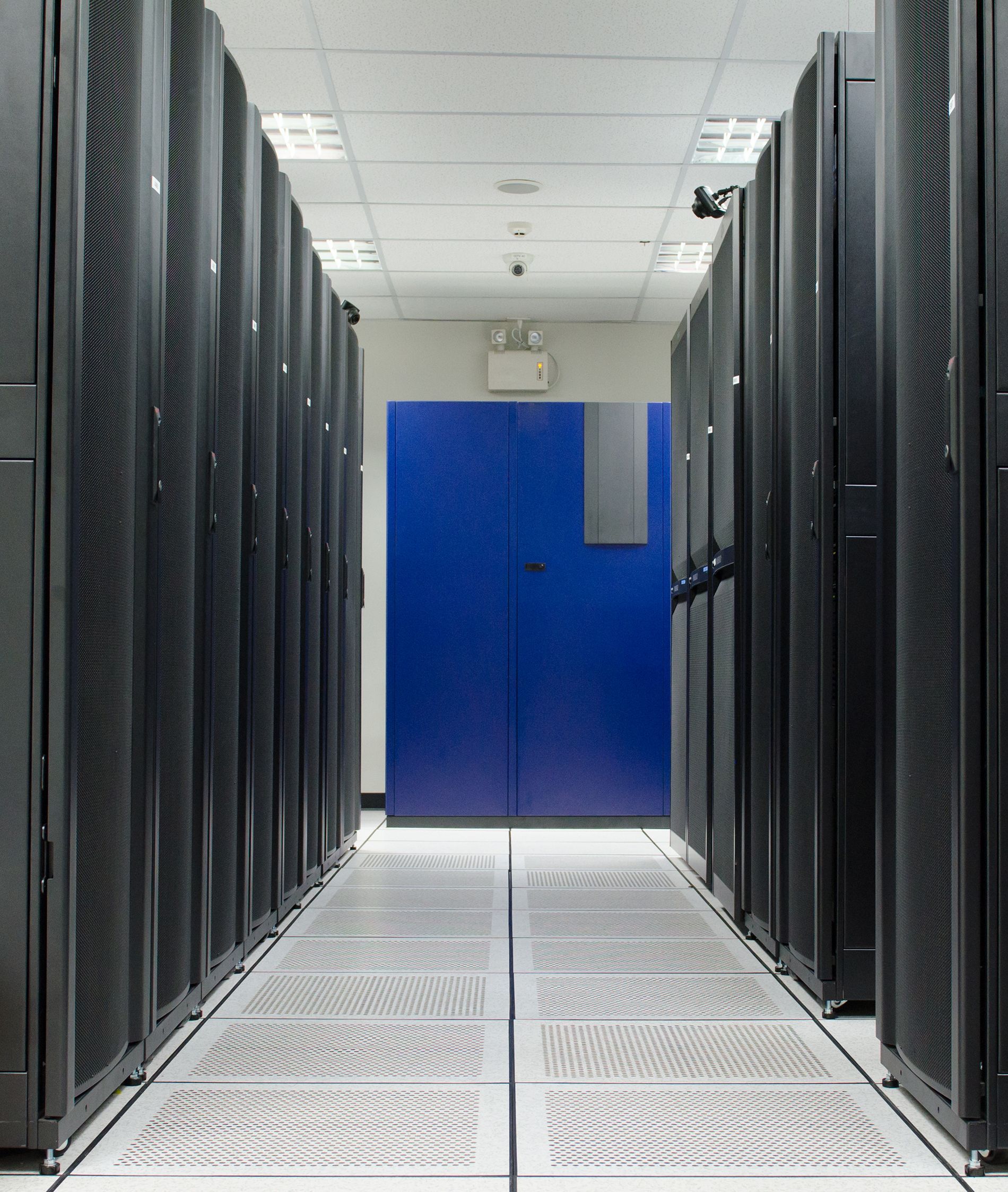
Our services include detailed commissioning, airflow optimization, and preventive maintenance programs tailored to the unique demands of data center operations. These programs often incorporate balancing commercial HVAC systems to improve airflow management and cooling efficiency throughout the facility. When urgent issues arise, our responsive repair team is ready to restore optimal performance quickly. Partnering with 1 Source Mechanical means your cooling system is backed by a company committed to performance, reliability, and long-term operational success.
Key Takeaways
Both CRAC and CRAH units are proven solutions for maintaining stable conditions in data centers, but the right choice depends on factors such as infrastructure, efficiency goals, and long-term operating costs. CRAC units offer a self-contained design that works well in smaller or standalone facilities, while CRAH units often excel in large-scale operations with an existing chilled water plant. Evaluating your facility’s needs and growth plans will help determine which approach delivers the best performance and value.
1 Source Mechanical has the expertise to help you make that decision and keep your chosen system operating at peak efficiency.
Contact our team today to schedule a consultation and learn how we can optimize your data center’s cooling performance.
